We’re excited to announce our partnership with WattTime, the environmental tech non-profit founded by UC Berkeley researchers, to leverage their hourly carbon emissions data and empower both the supply (power generators) and demand sides (large C&I consumers) of energy markets to accelerate their climate impact and help decarbonize the electric grid. This will enable power generation to commercialize and operationalize low-/zero-carbon offerings, and commercial and industrial (C&I) customers to optimize Scope 2 carbon emissions.
From global climate initiatives aimed at meeting net-zero goals to corporations under pressure to reduce their emissions, one big problem still remains when it comes to carbon accounting: There isn’t enough high-resolution, real-time data available.
A recent Carbon Accounting Report from Microsoft identified these four main data issues:
- Time-based specificity
- Geographic specificity
- Timeliness
- Emission factor type
As the paper said, “These issues mean that common carbon accounting practices are ill-equipped to reflect impact in the electric sector. What was once “good enough” for estimation is now insufficient for robust corporate transparency, business decision making, and rapid energy decarbonization.”
At Amperon, we already built a robust infrastructure that is adept at managing time-series electricity data and ingesting data from the different grids/ISOs across North America. With this new partnership, we can add a new layer of carbon emissions data to our customer’s forecasts as well as incorporate estimates of avoided carbon emissions when companies take proactive approaches to reduce their electricity usage at times when grid emissions are high.
What is Marginal Emissions Data?
Marginal emissions data measures the actual carbon emissions associated with the generation and consumption of electricity at a particular time and location across a highly dynamic power grid.
With the integration of hourly marginal carbon emissions data into the Amperon platform, both the supply and demand sides will be able to take advantage of more accurate carbon emissions data to:
- More effectively construct, price, measure and operationalize portfolio offerings to their large end-user customers that leverages the impact of reduced carbon emissions per dollar.
- Assess net open positions for zero-carbon energy to then identify and fill the gaps in their contract portfolios.
- Optimize operations to curtail load when carbon intensity is at its highest on the grid.
- Provide more accurate Scope 2 emissions insights that will reflect the time and location of both electricity usage and local grid carbon intensity, instead of relying on annual summary data.
P&U Use Cases
From power generators to operators of renewable generations, these companies can now get hourly, marginal carbon emissions data to help optimize and monetize operations.
Power Generators
- Monetize their low- and zero-carbon assets and portfolios
- Operationalize carbon measurement to effectively commercialize environmental attributes
Owner/Operators of Renewable Generation
- More effectively construct, price, and operationalize portfolio offerings to their large end-user customers to deliver low-/zero-carbon energy 24 hours a day, 7 days a week under long-term contracts.
- Assess net-open positions for zero-carbon energy, with automated handling of short-term trades and long-term PPA data, to understand and take action to fill gaps in their contract portfolios.
C&I Use Cases
Large-energy consumers can accurately measure their actual associated carbon emissions and take action to reduce emissions and save on energy costs with a suite of energy management tools.
Curtail load during high peak times
One of the most impactful ways that customers can reduce energy spend and operational carbon intensity is by responding to Amperon’s grid peak alerts. Through the partnership with WattTime, Amperon can now incorporate estimates of avoided carbon emissions expected from operational changes to manage flexible loads. During peak periods of demand on the grid, for example, users may see substantial cost savings as well as carbon emissions savings from curtailing or shifting the time of their energy use.
Measure PPA’s Carbon Footprint
In recent years, the market for renewable power purchase agreements (PPAs) has expanded dramatically, as large energy users have sought to decarbonize their energy use in operations. Now, they’ll be able to:
- Measure the carbon footprint of their electricity demand on an hourly or 24/7 basis to identify gaps in zero-carbon power supply.
- Track and assess net-open positions for zero-carbon energy, including ingestion of short-term trades and long-term PPAs.
Carbon Accounting & Scope 2 Use Cases
The Greenhouse Gas Protocol (GHGP), the most widely used carbon accounting standards, laid out guidelines on how to account for direct and indirect emissions of an organization's inventory. The problem, however, is that most of the data is too broad to create a realistic understanding of one’s emissions output.
Most companies that measure and report their carbon emissions do so by aggregating annual electricity usage across multiple utilities and energy providers and then multiplying by a regional average annual grid carbon intensity factor. However, given that emissions vary dramatically hour-by-hour, depending on the power generation mix, this methodology results in crude estimates.
But by using the WattTime data, Amperon will provide emissions accounting outputs that accurately reflect the time and location of both electricity usage and local grid carbon intensity, and produce hourly average emissions rates to calculate more accurate Scope 2 emissions accounting.
Amperon’s higher-accuracy Scope 2 data can serve as a verifiable and auditable input into more rigorous product-level life cycle carbon assessment (LCA) claims to enhance product differentiation based on carbon attributes. With the European Commission’s recent passage of the Carbon Border Adjustment Mechanism (CBAM), with its transitional phase starting October 1, 2023, a range of energy intensive goods will be subject to import tariffs based on their embedded carbon. Amperon’s higher-accuracy Scope 2 data will allow companies to get proper credit for the electricity decarbonization investments they are making, thereby reducing those tariffs.
Navigating the Energy Transition with WattTime
Many of the most sustainable companies are leveraging marginal emissions data from WattTime to reduce emissions and accelerate the electric grid’s transition to net-zero. WattTime is an environmental tech non-profit founded by UC Berkeley researchers, which develops data-driven tools and policies to increase environmental and social good.
“Helping both sides of the grid more accurately measure carbon emissions will accelerate decarbonization on multiple fronts, whether that means informing load-shifting decisions for large power consumers to use cleaner sources, or guiding the creation of clean energy portfolios that can be economically competitive while having the most impact,” said Gavin McCormick, founder and executive director of WattTime. “Navigating the energy transition from either side of the grid requires more granular data, and this partnership with Amperon will help get that information into the hands that need it most.”
Amperon no longer offers WattTime data in their platform. If you are interested in adding avoided carbon emissions to your forecasts, please contact us to scope out a future project.



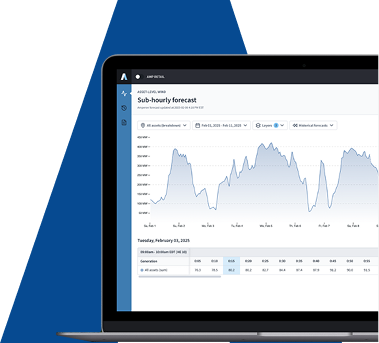
.svg)


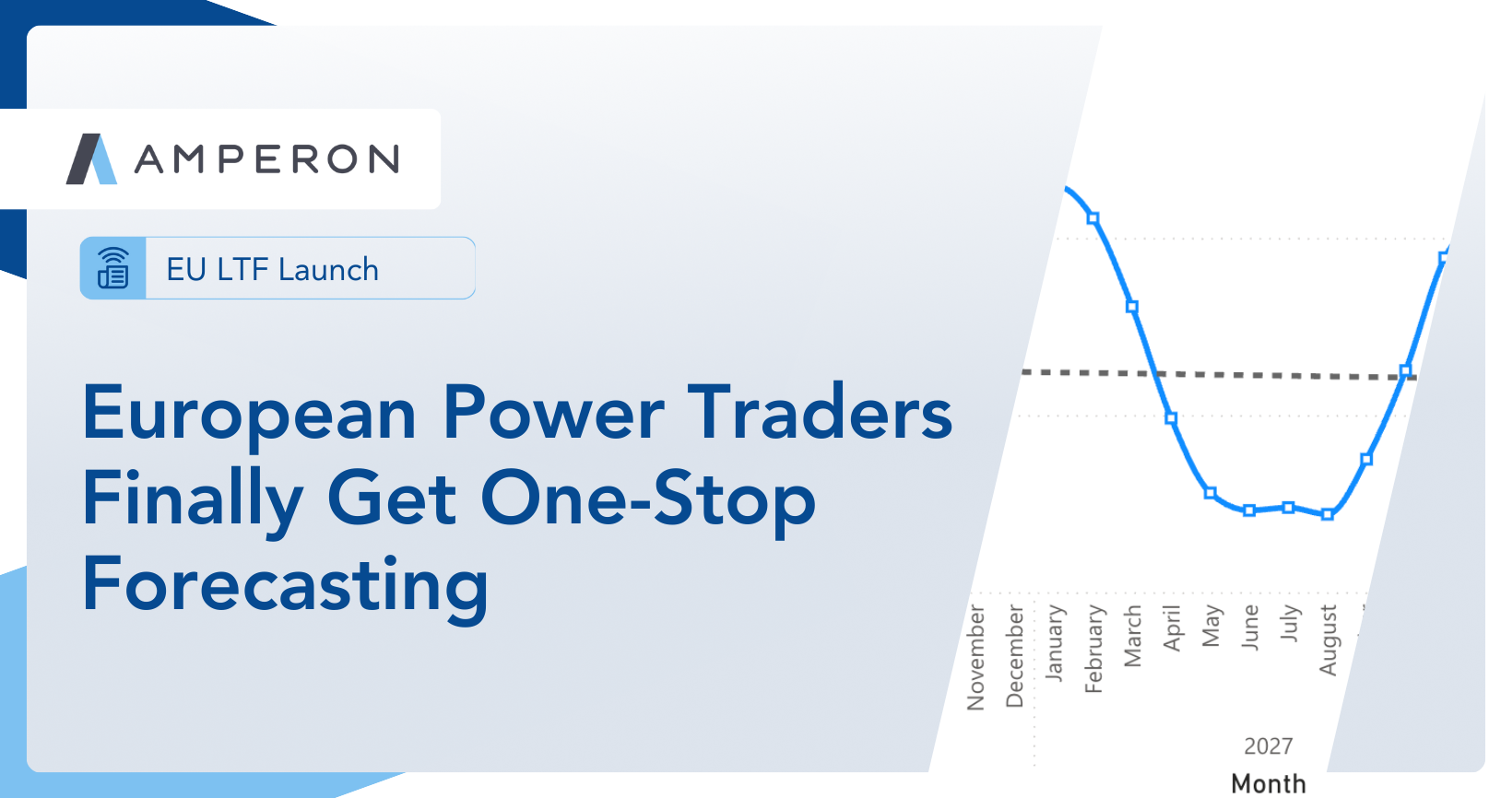
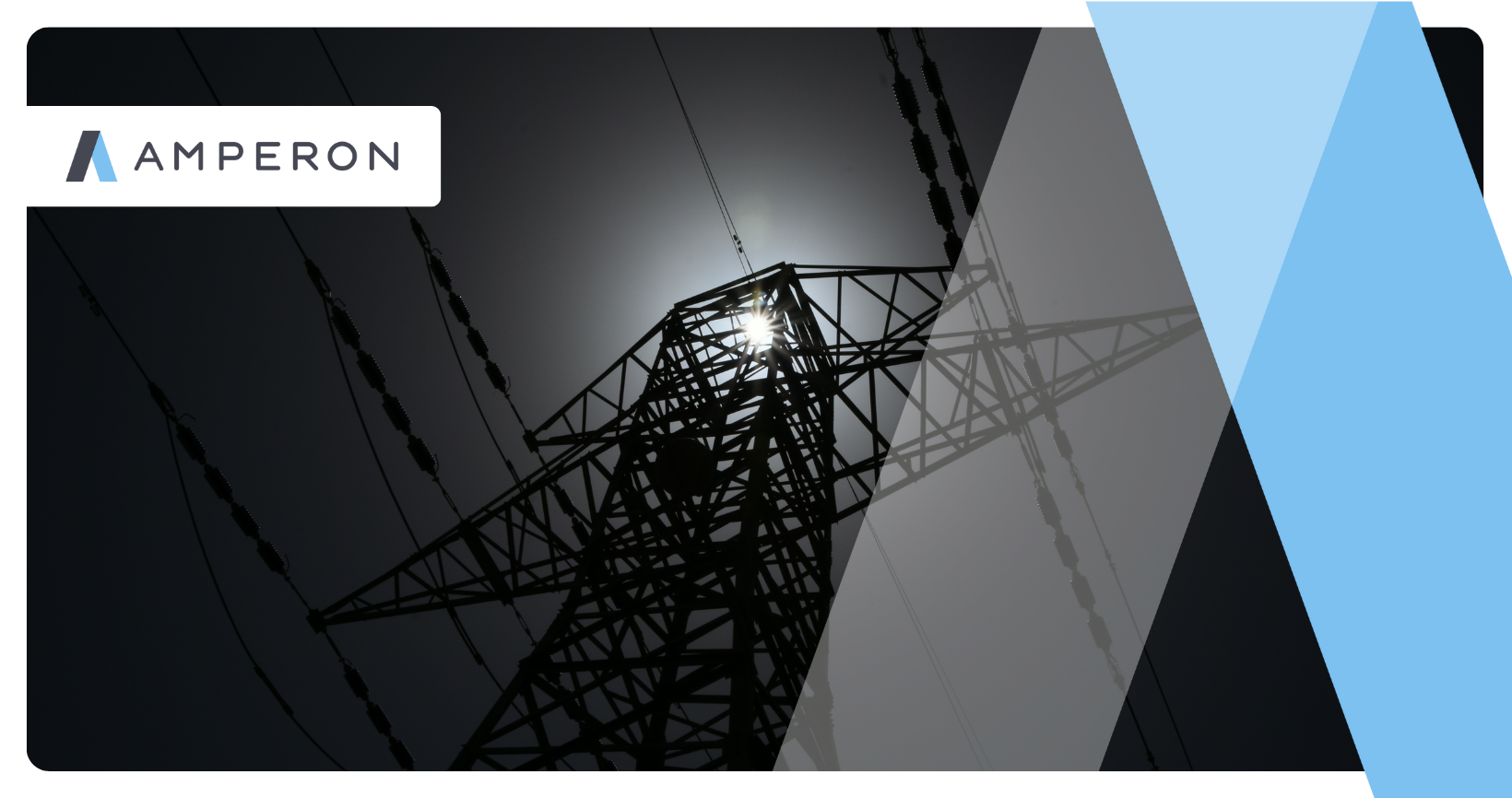

%20(3).png)
%20(2).png)
%20(1).png)

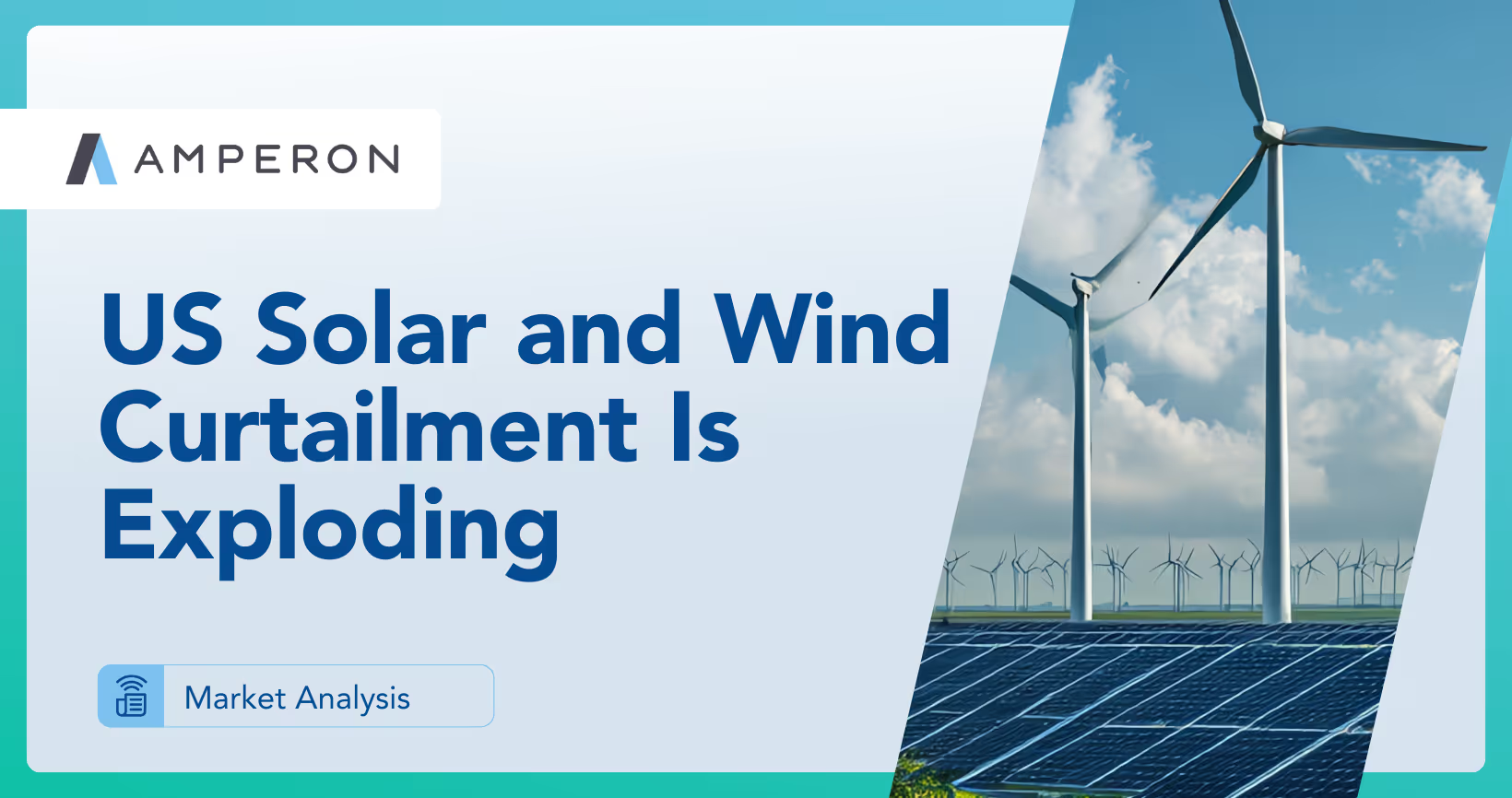

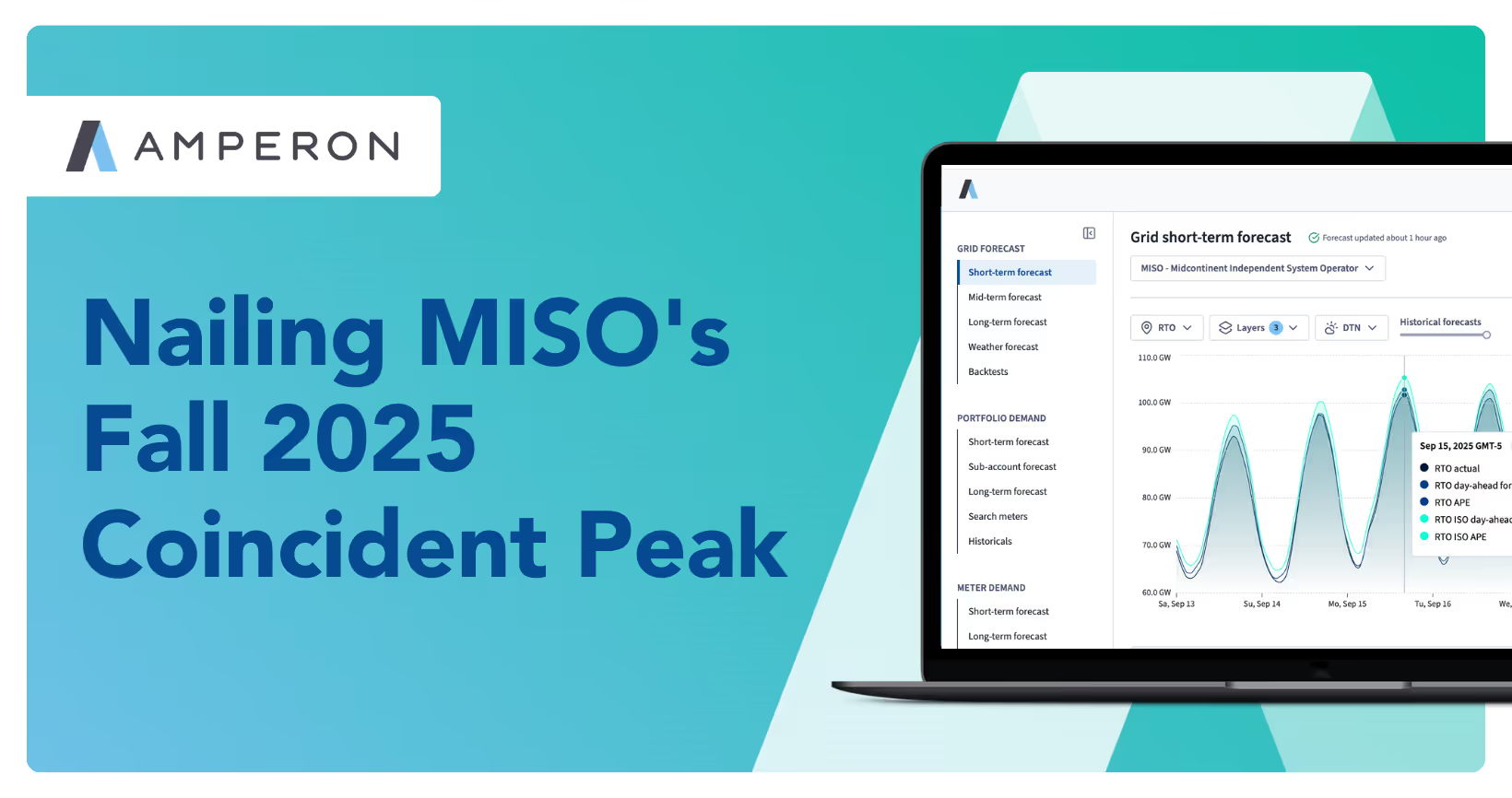


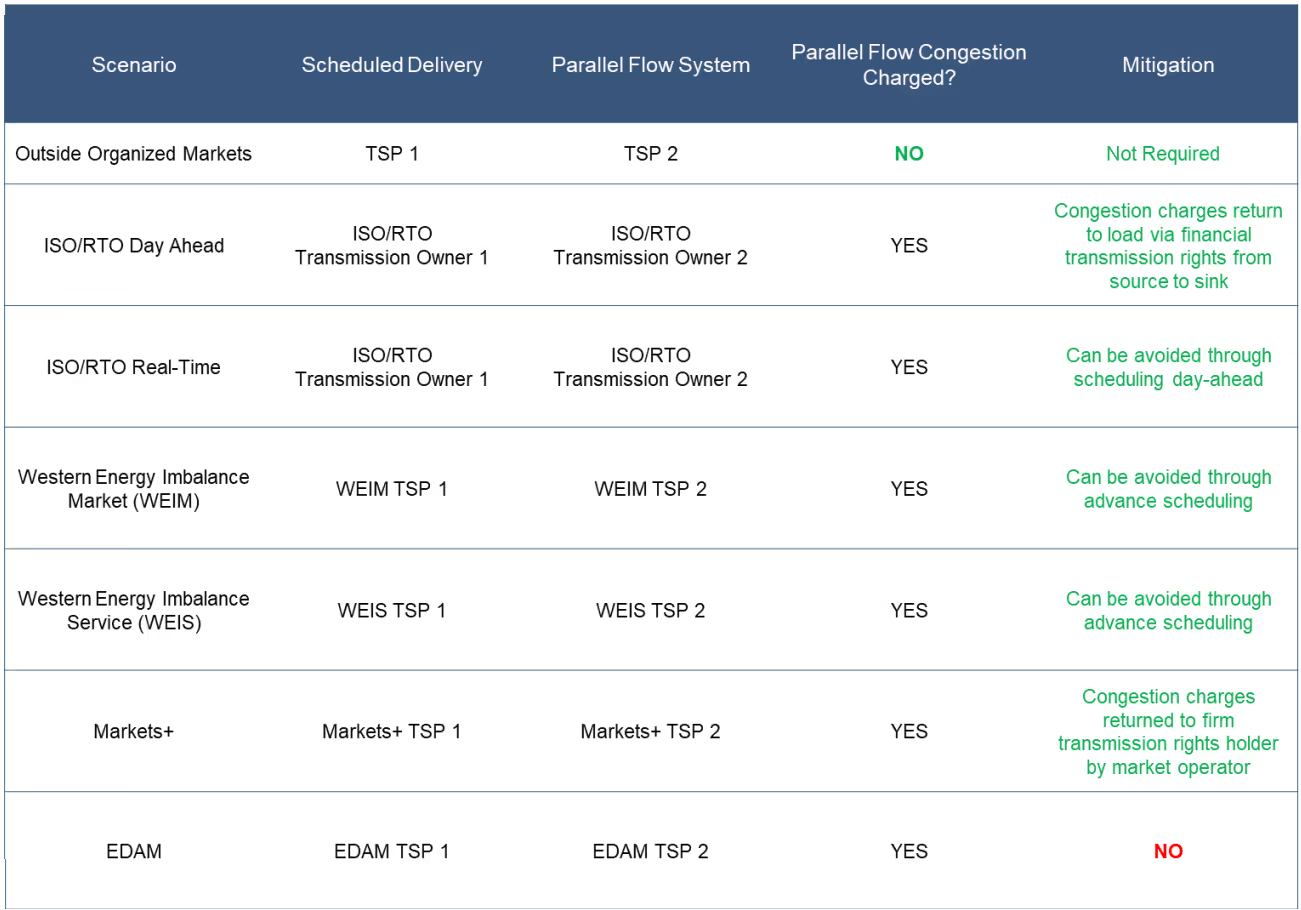
.png)

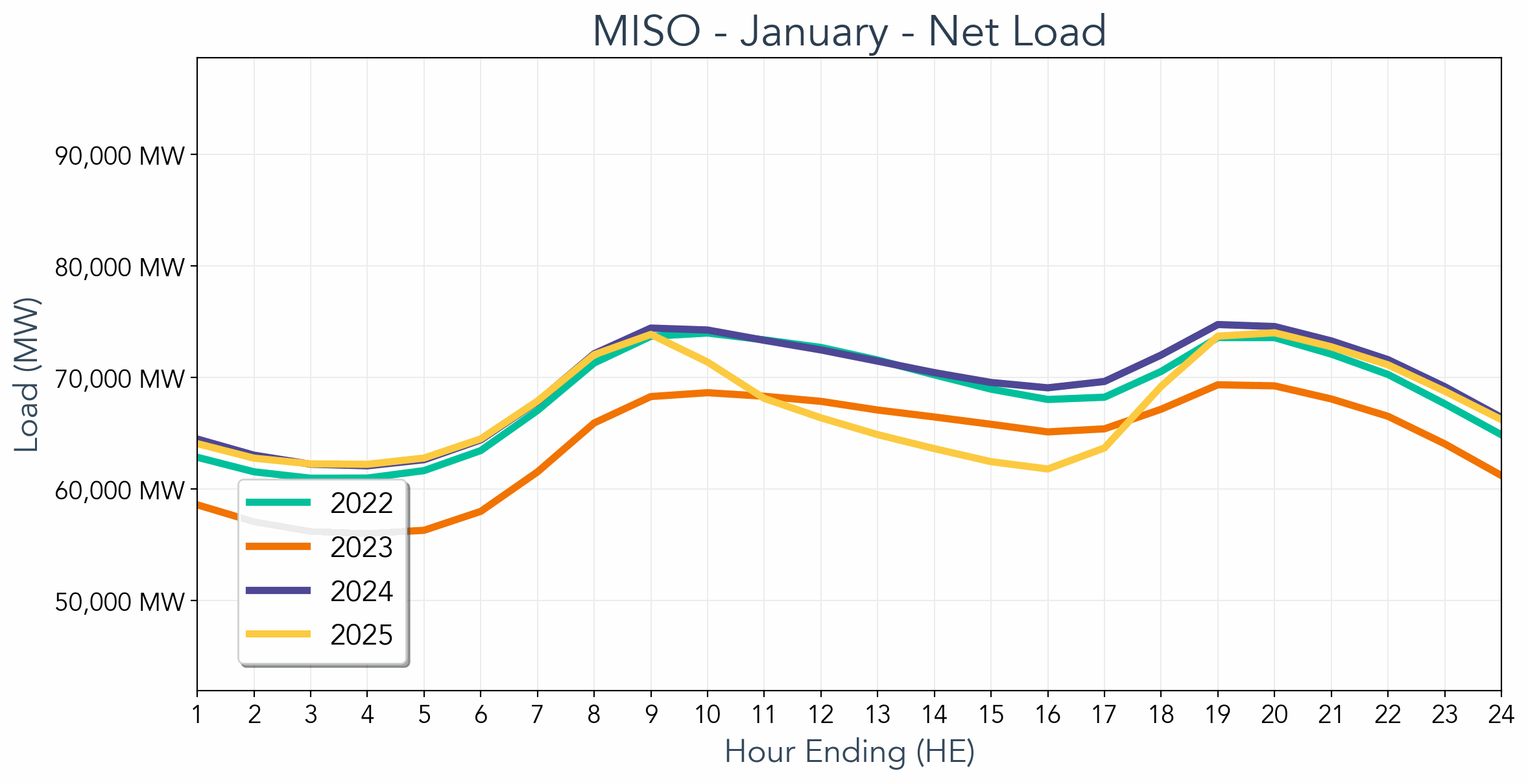

.avif)



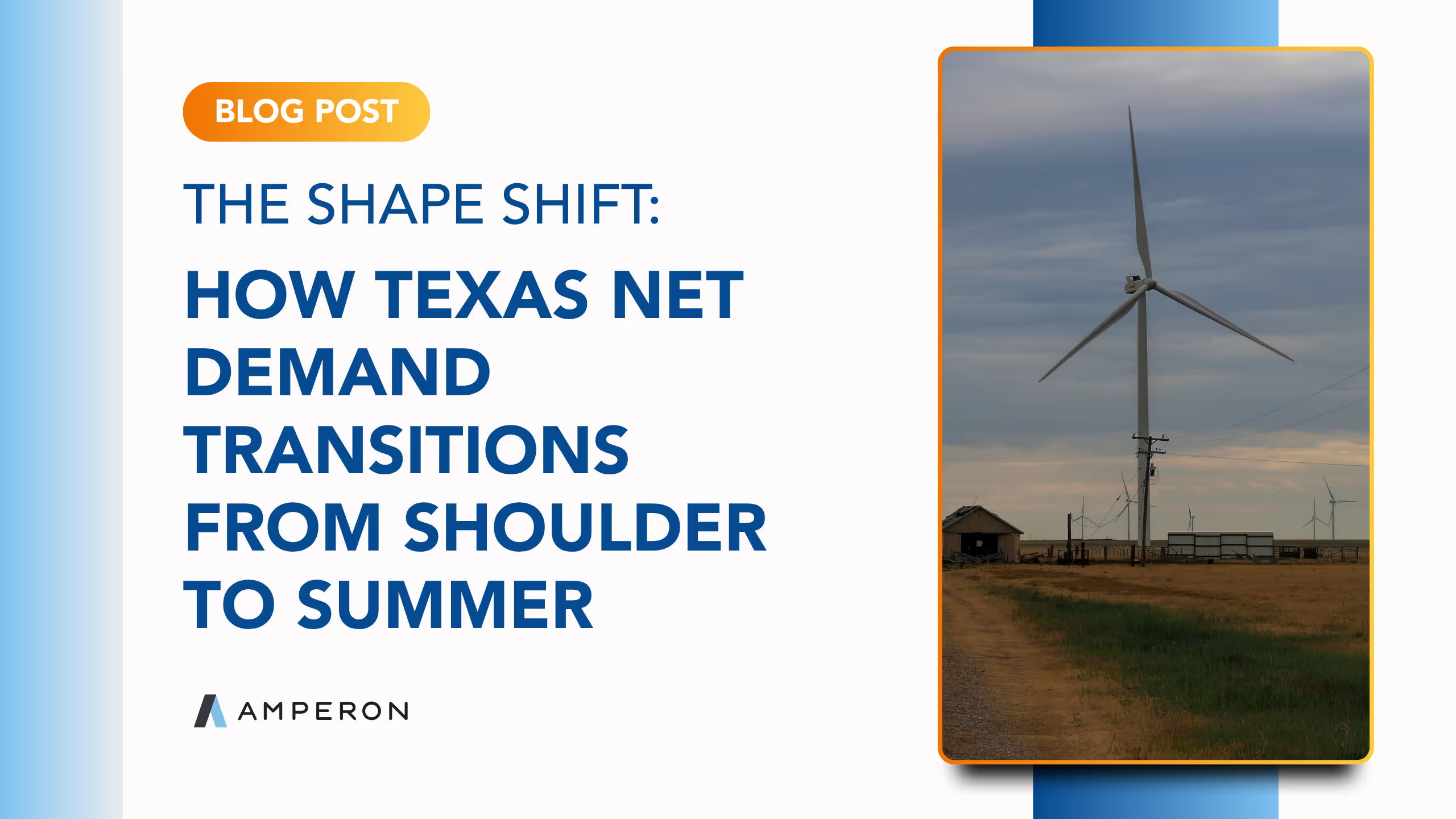
.avif)
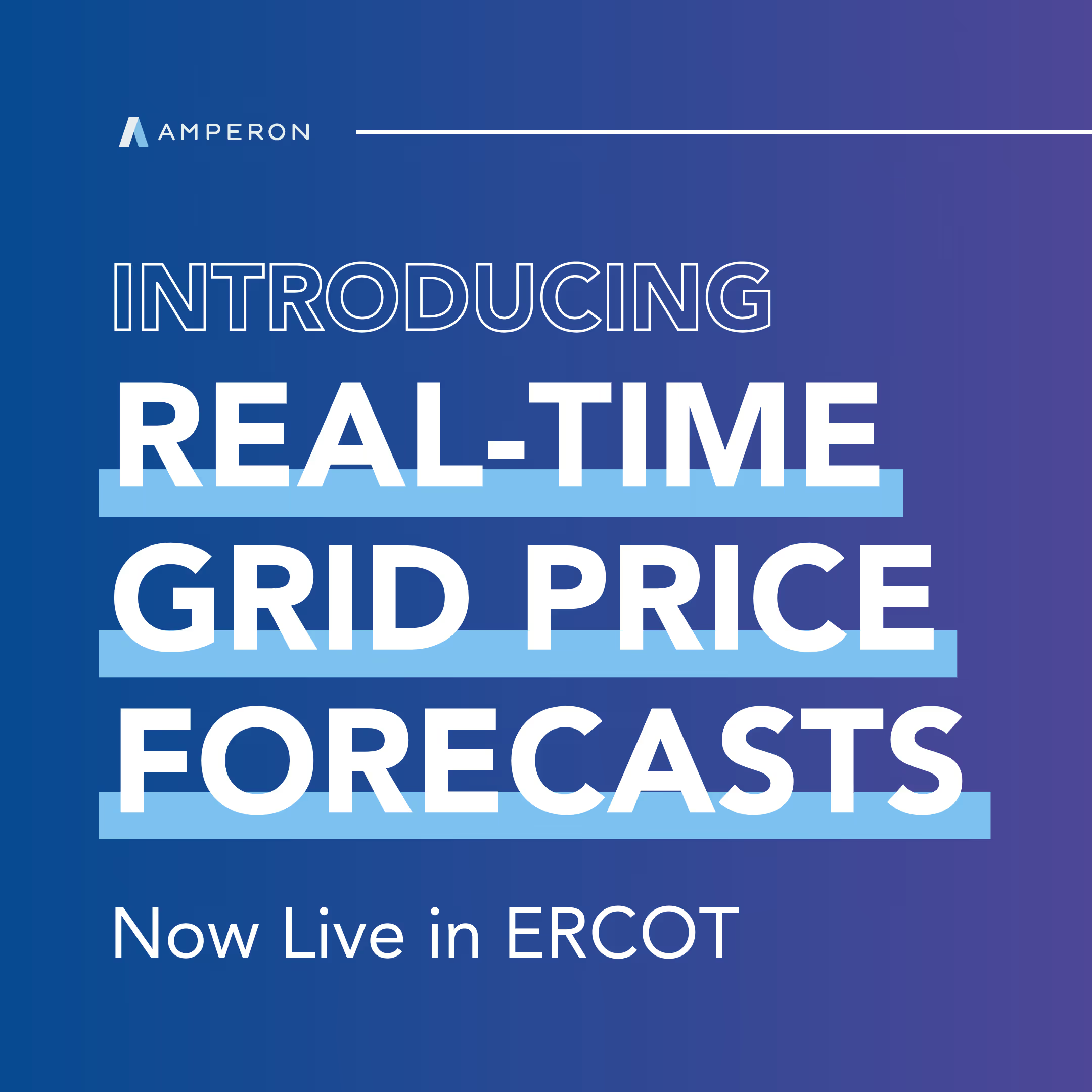
.avif)
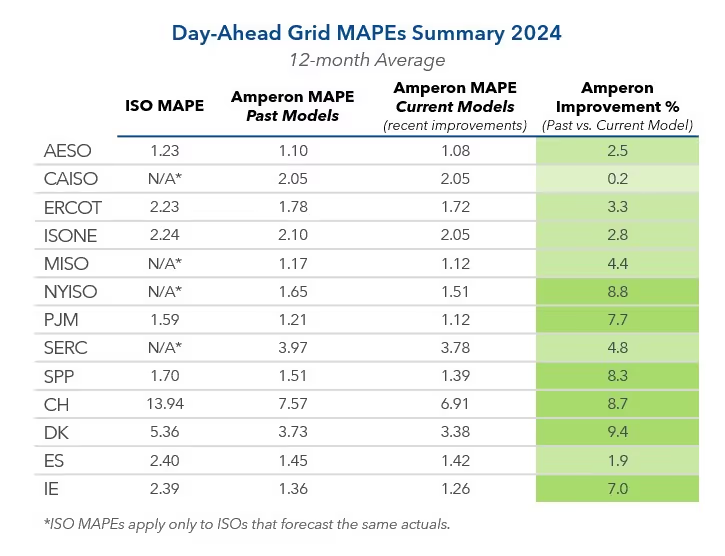

.avif)


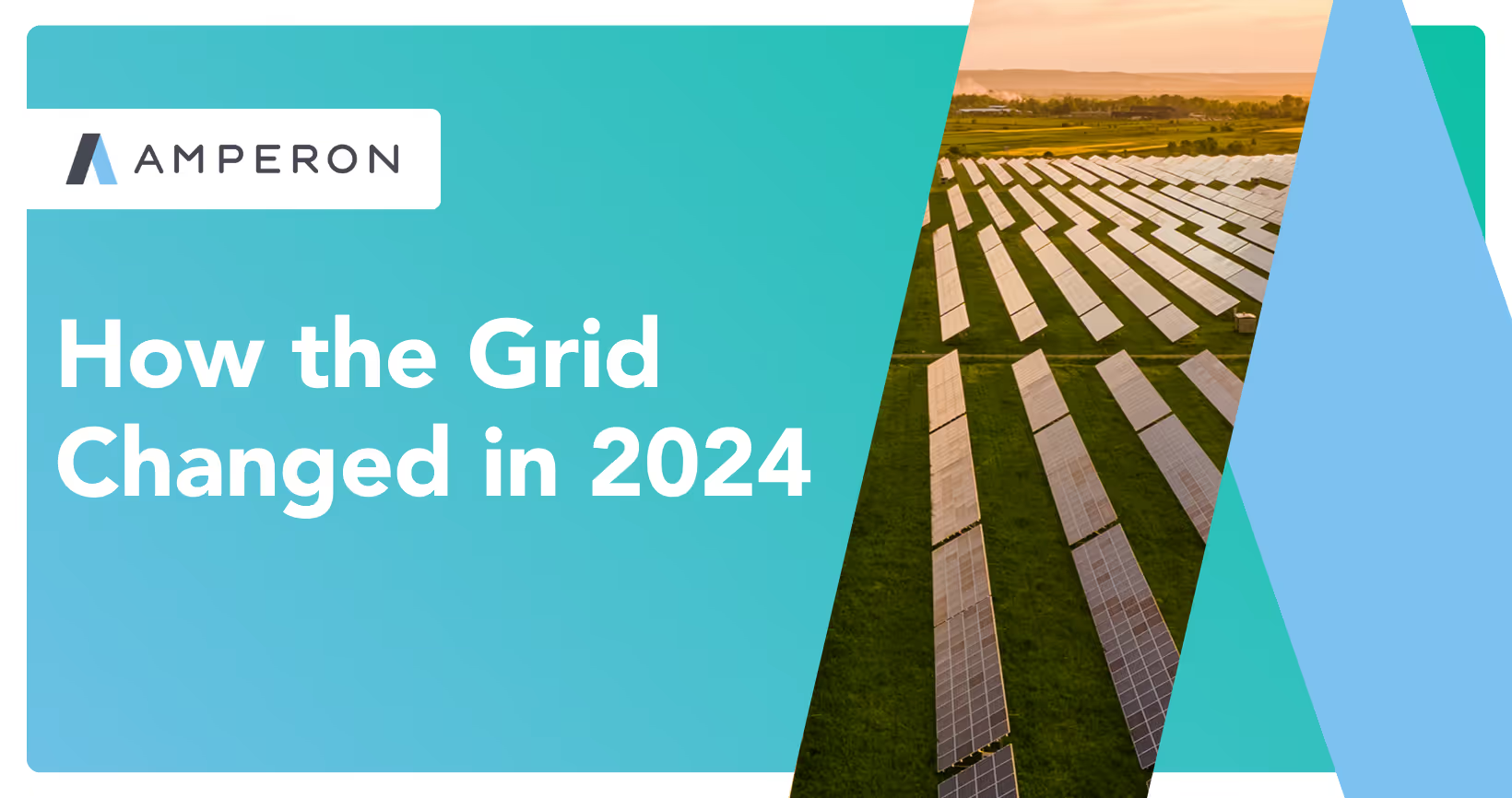
.avif)
%20(15).avif)

.avif)
%20(10).avif)

.avif)


.avif)

.avif)

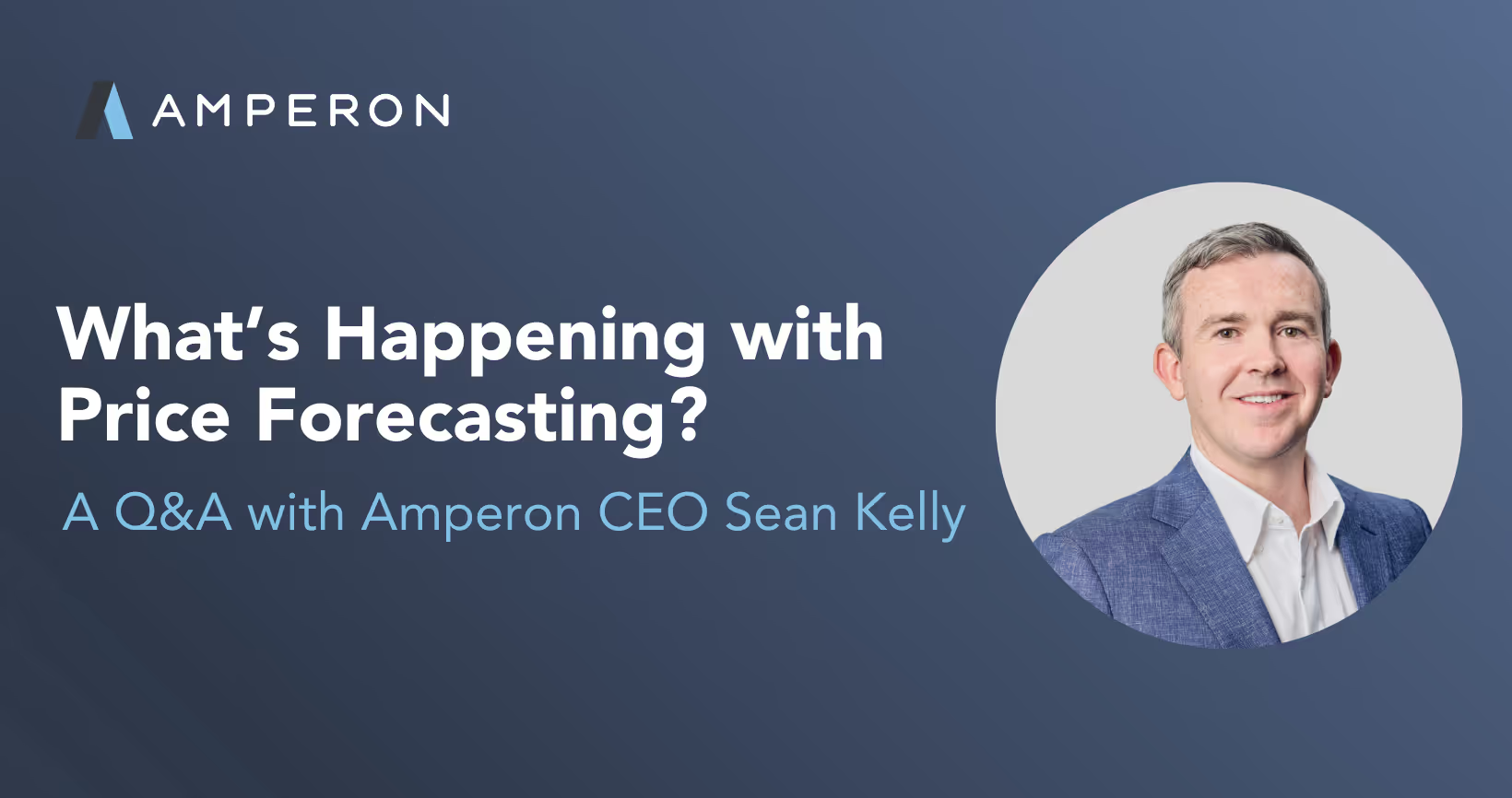

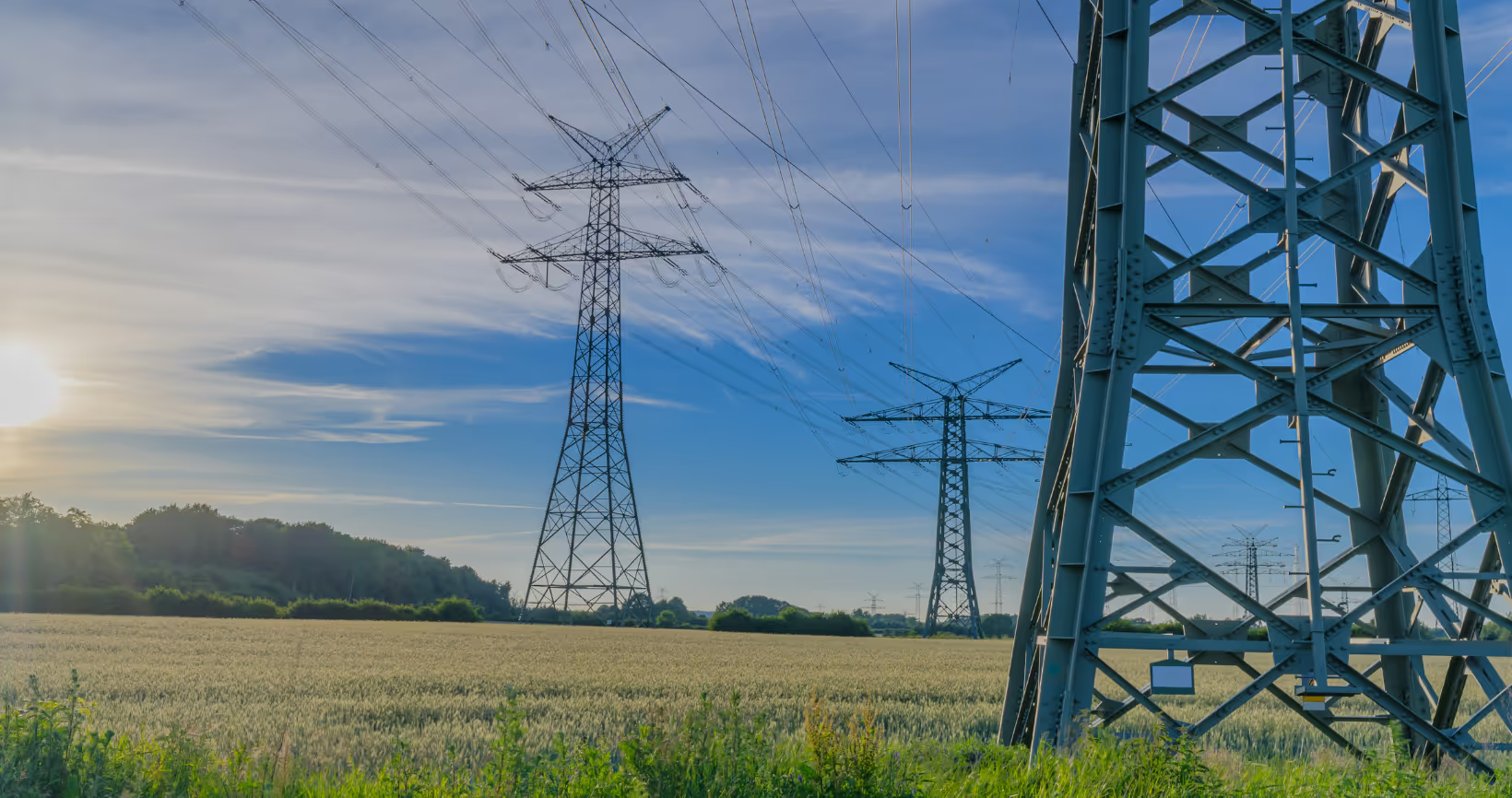


.avif)
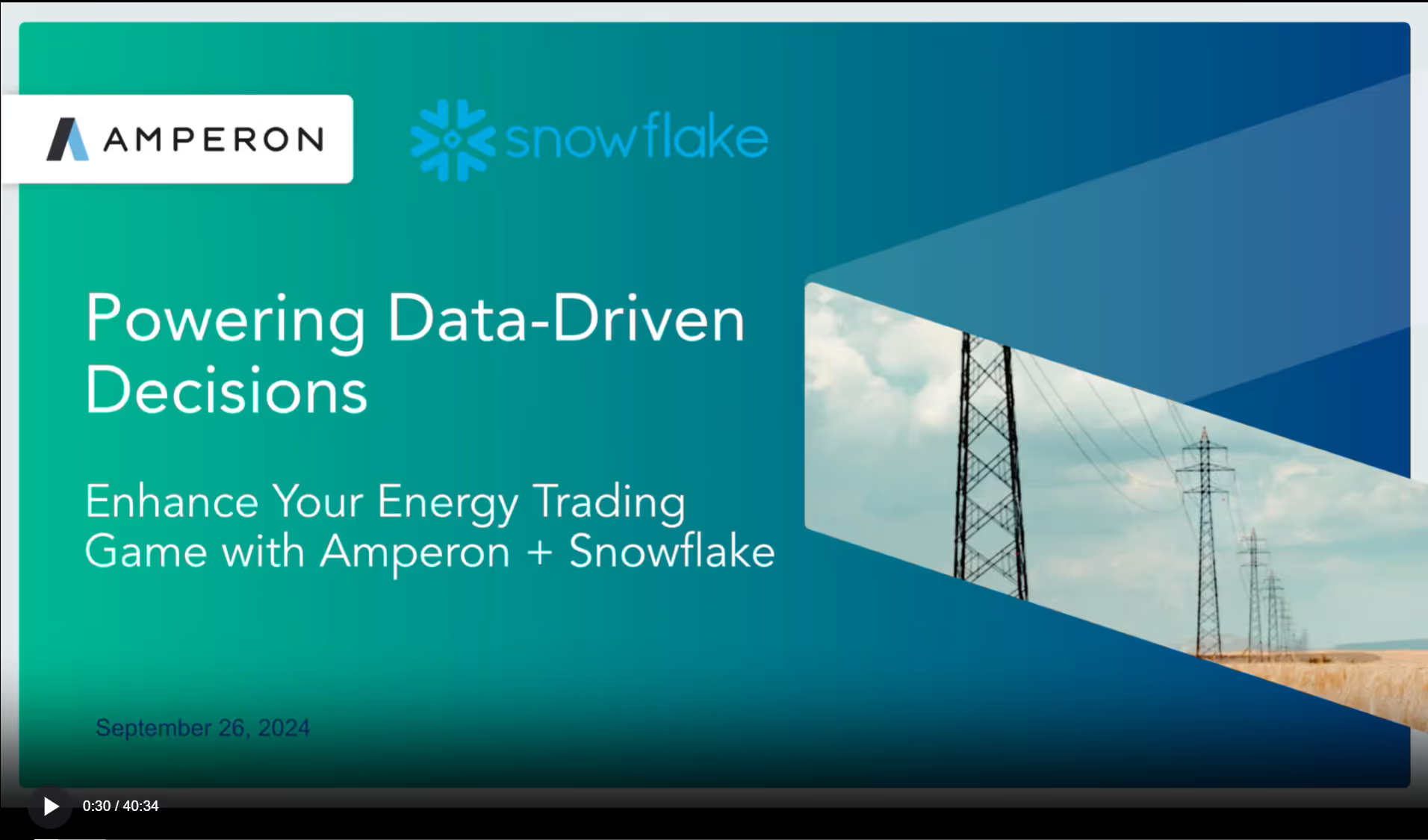


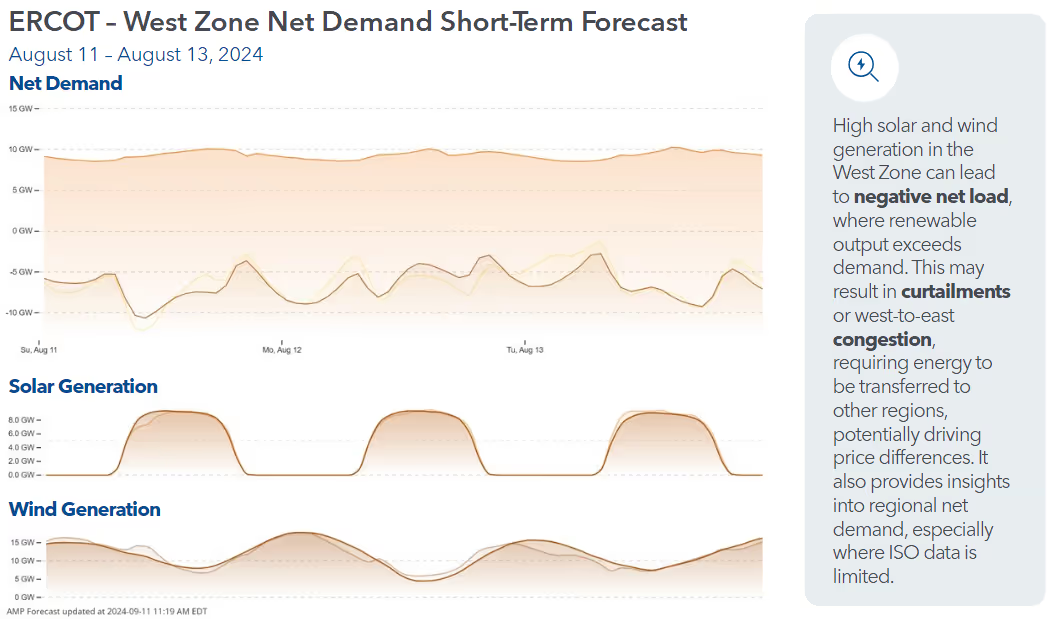
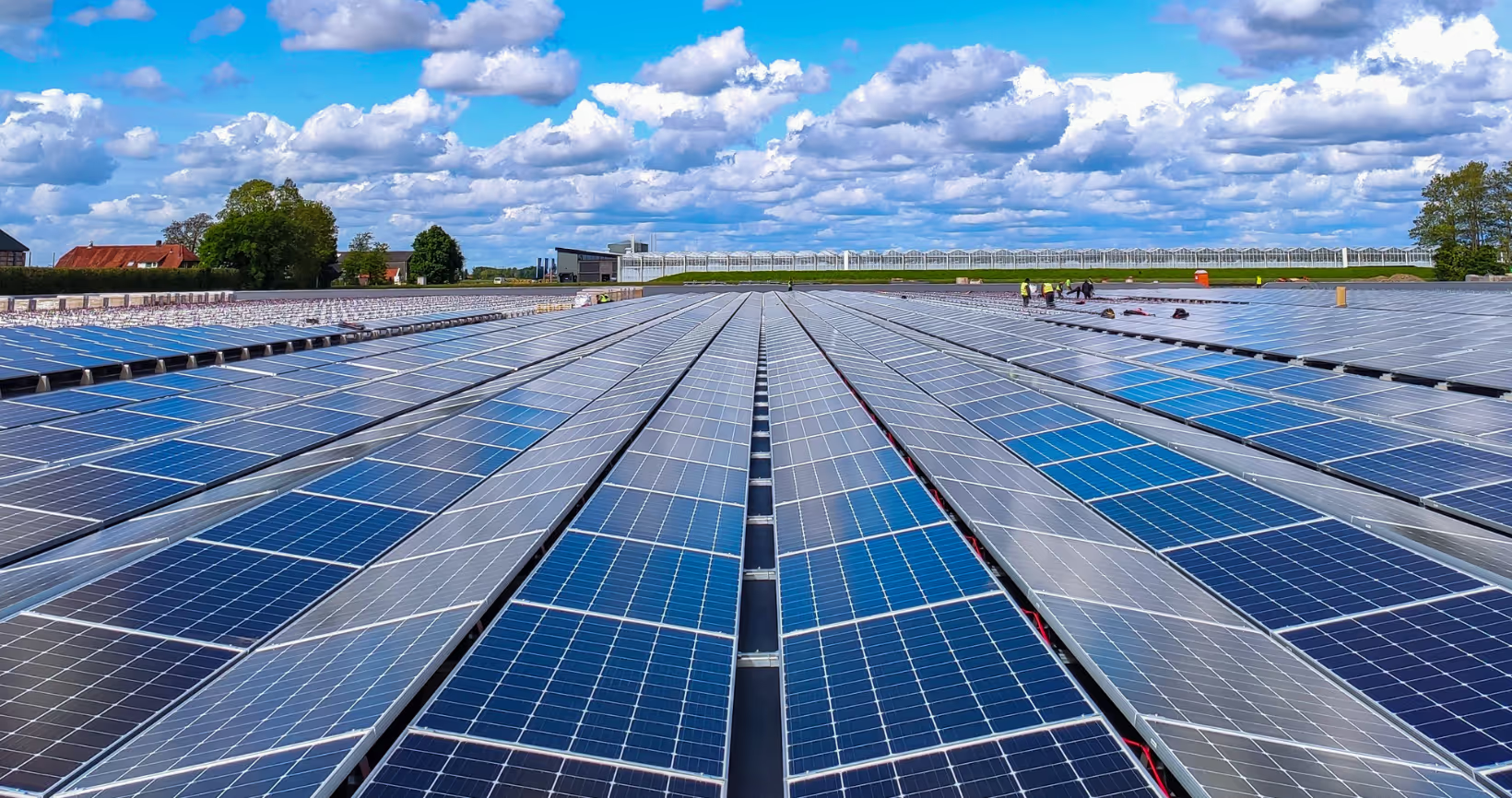




.avif)

.avif)




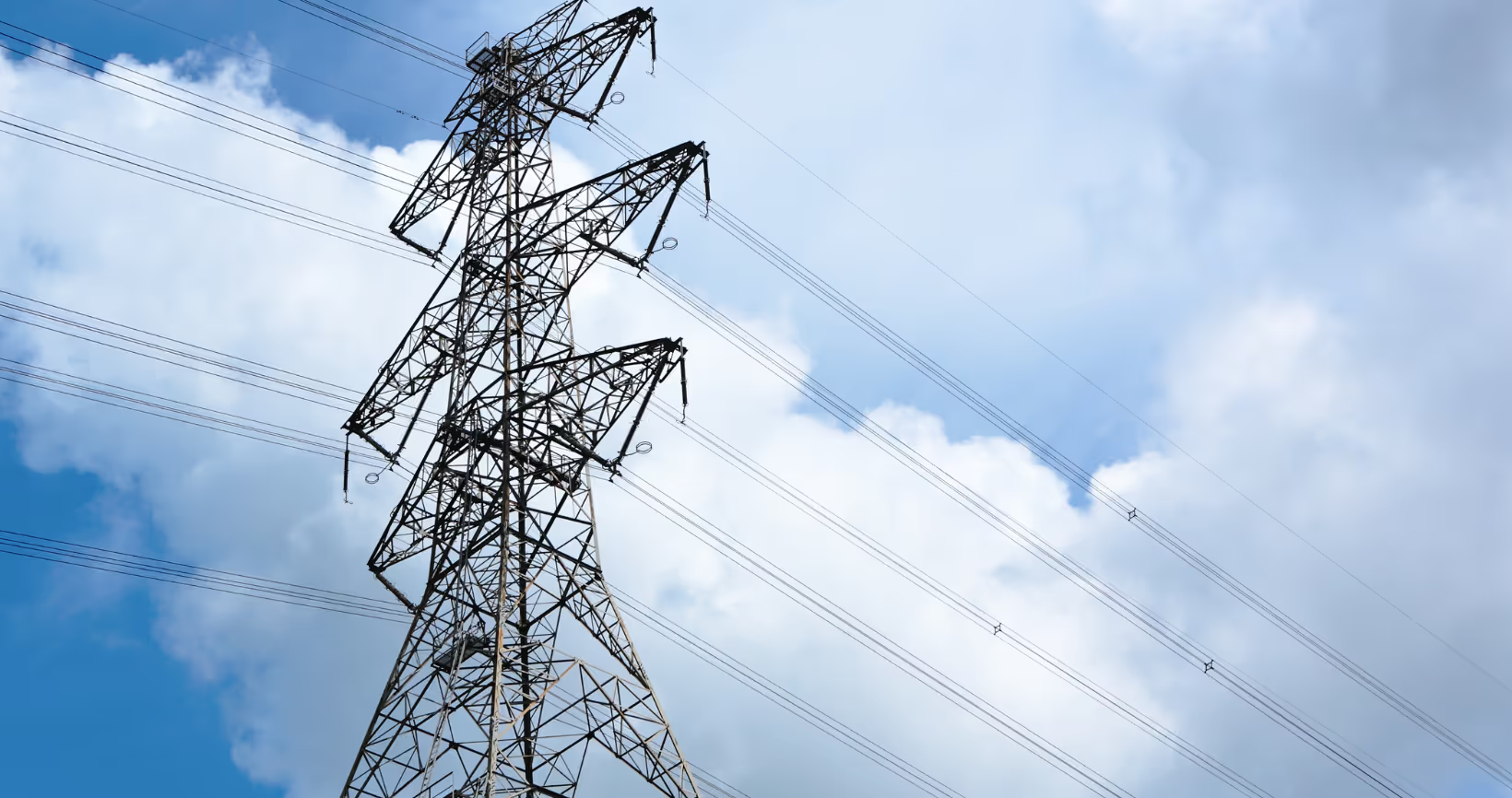
.avif)


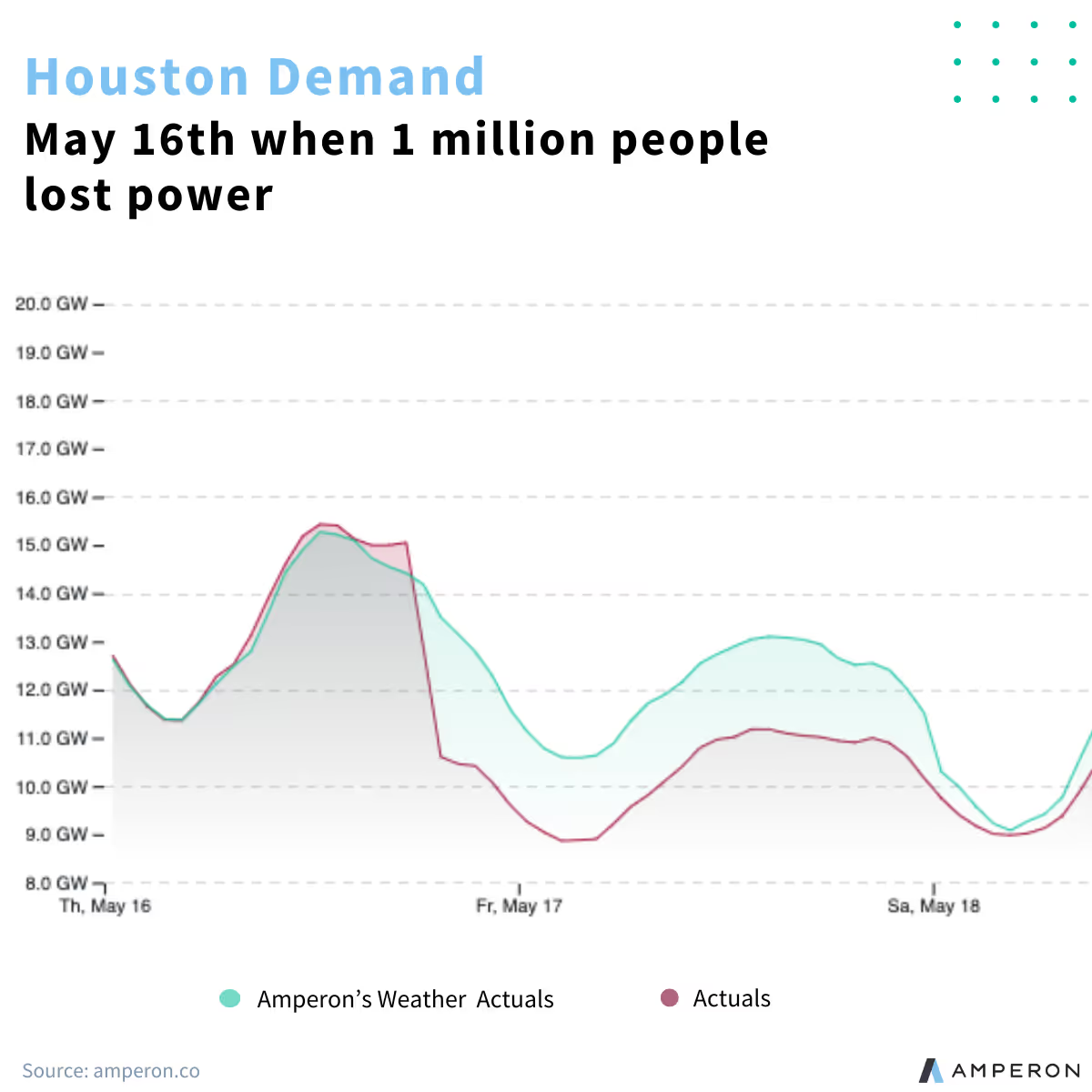
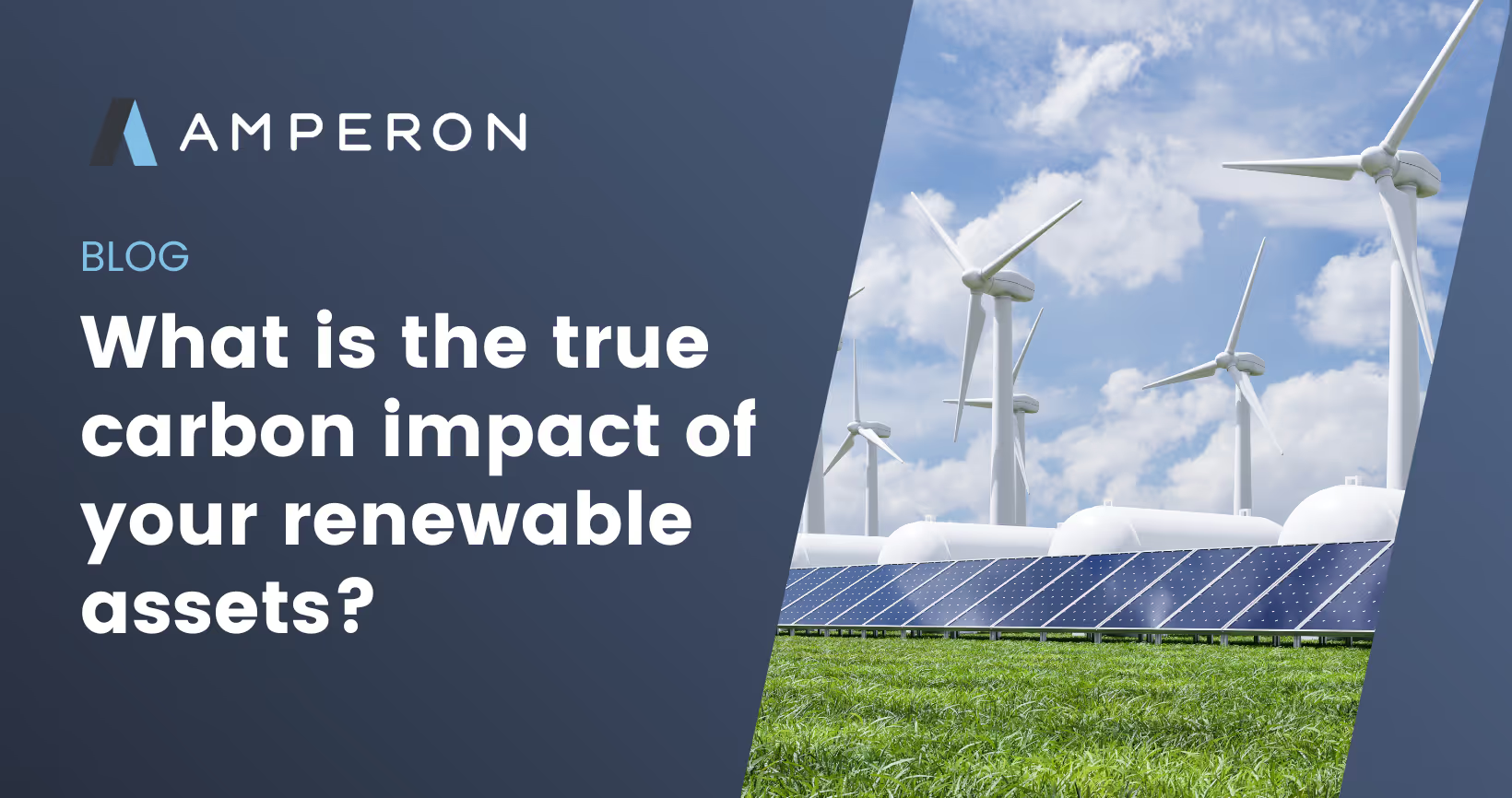

.avif)
.avif)



.avif)

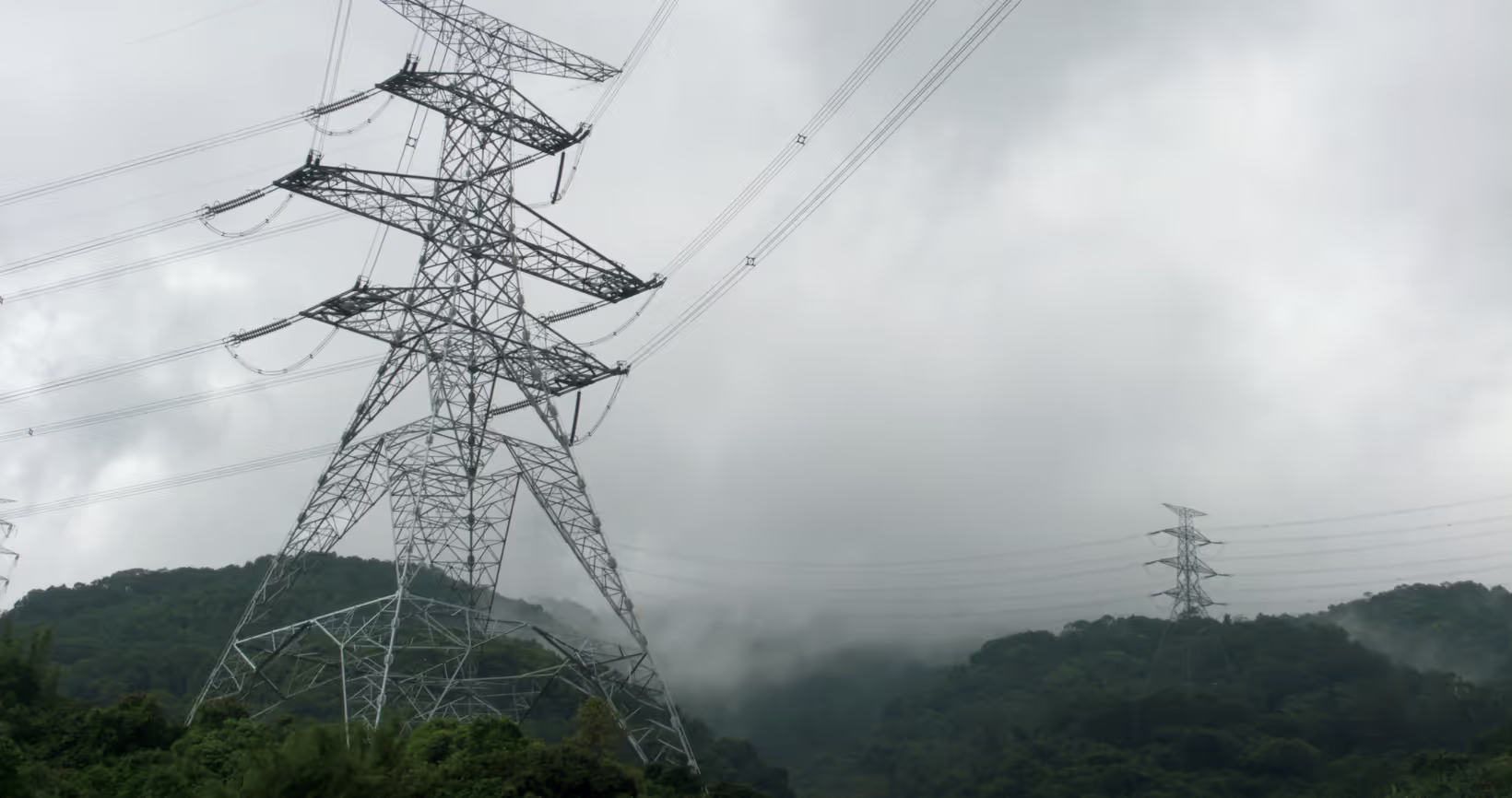


.avif)



.avif)



